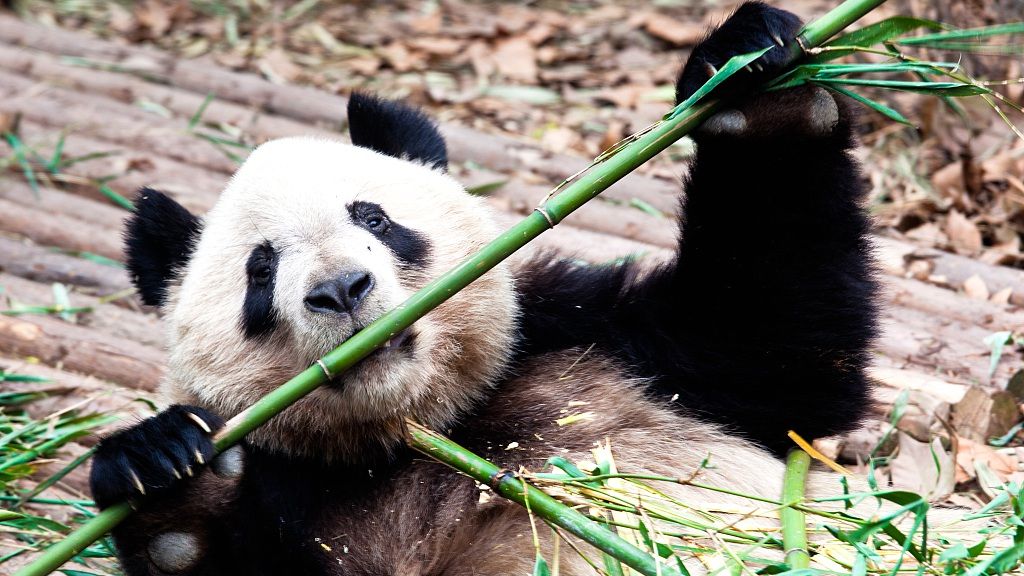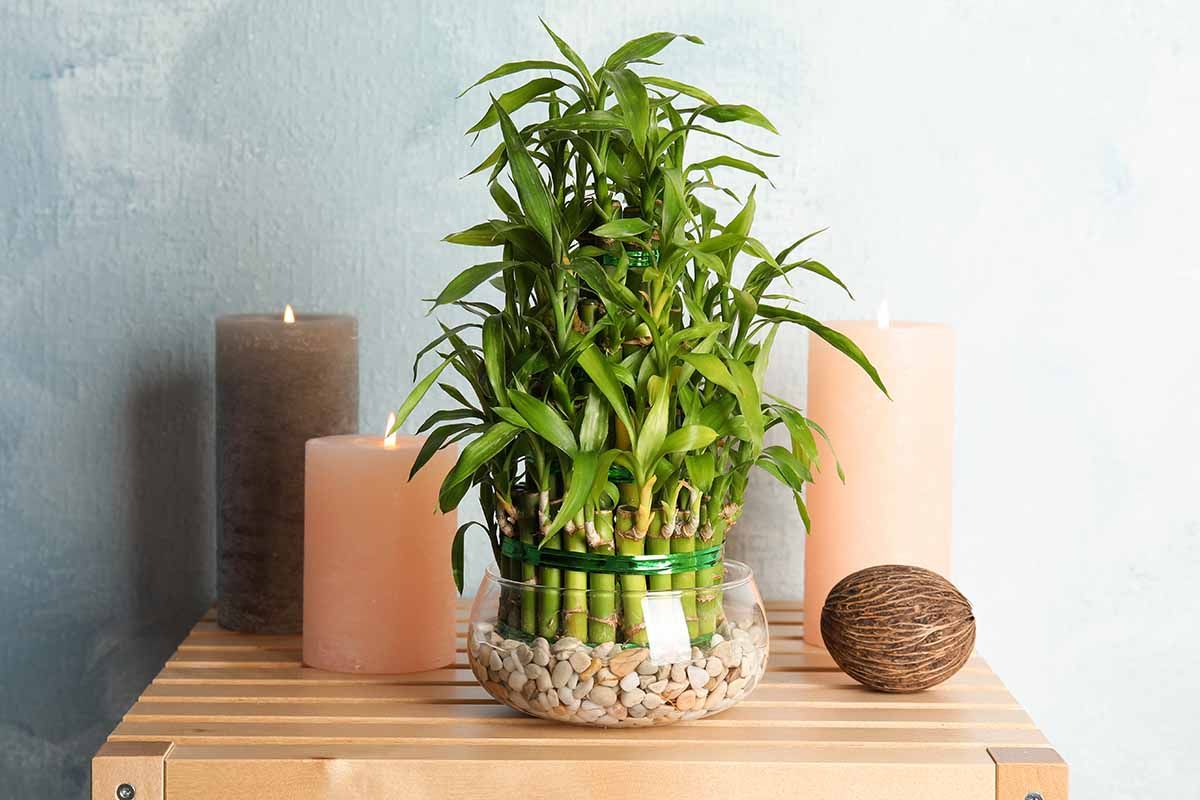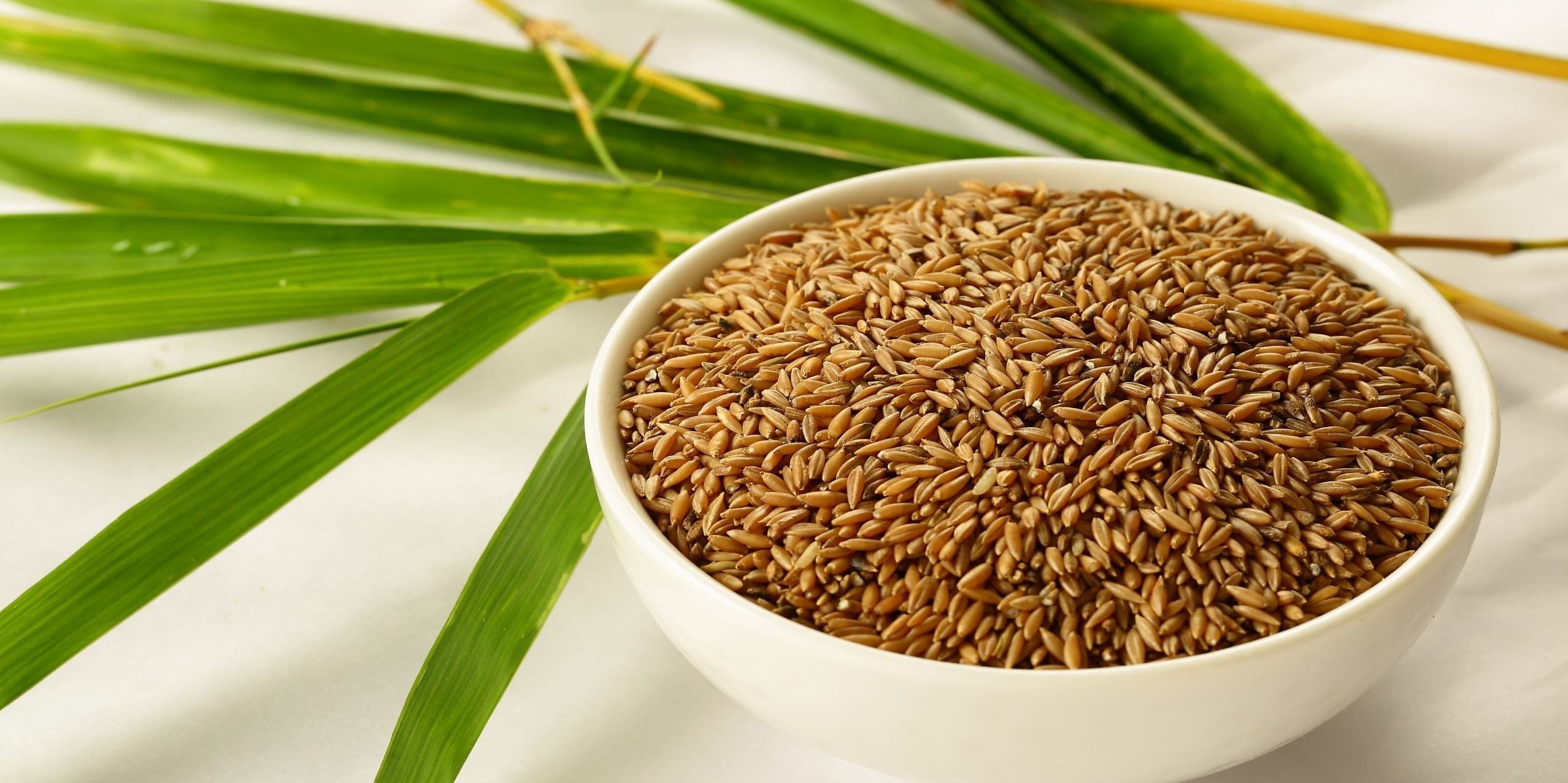
Bamboo is a captivating and versatile plant that has intrigued people for centuries. For curious young gardeners, learning about bamboo can be an exciting adventure. Here are 20 captivating facts about bamboo that will spark their interest and help them appreciate this amazing plant. 1
While it might look like a tree, bamboo is actually a type of grass. Which means it shares more similarities with your lawn than with the towering trees in a forest. Its rapid growth and hollow stems are characteristics that set it apart from trees. 2
Bamboo is one of the fastest-growing plants in the world. Some species can grow up to 35 inches (about 91 centimeters) in a single day! This incredible growth rate allows bamboo to form dense forests quickly. 3

Certain bamboo species hold the record for the fastest-growing plants, sprouting up to 91 cm (35 in) daily. With about 1,000 species worldwide, the tallest can reach 40 meters (130 feet) in the tropics.
Unlike most plants that flower annually, some species of bamboo only flower once every 20 to 120 years. This phenomenon, known as gregarious flowering, means all the bamboo plants of a species in a given area will bloom simultaneously and then die off. 4
Believe it or not, bamboo can be stronger than steel when it comes to tension strength. Its strength makes it an excellent material for building and construction, especially in regions prone to earthquakes.5
Bamboo shoots are a popular ingredient in many Asian dishes. These young, tender shoots are harvested before they harden and are known for their crisp texture and mild flavor. 6
Bamboo is incredibly sustainable. It grows quickly, requires minimal water, and doesn't need pesticides or fertilizers. Additionally, bamboo forests can release 35% more oxygen into the atmosphere compared to equivalent tree forests. 7

The giant panda's diet consists almost entirely of bamboo. These adorable animals can eat up to 26 to 84 pounds (12 to 38 kilograms) of bamboo every day. Different species of bamboo provide pandas with a variety of tastes and textures.
Bamboo fibers are used to make a soft, breathable, and eco-friendly fabric. Bamboo clothing is praised for being hypoallergenic, moisture-wicking, and biodegradable, making it a popular choice for environmentally conscious consumers. 8
In traditional medicine, bamboo has been used for its anti-inflammatory and antibacterial properties. Bamboo leaves, stems, and shoots are all used in various remedies to treat ailments ranging from infections to digestive issues. 9
Bamboo is used to make a variety of musical instruments, including flutes, drums, and even xylophones. Its natural resonance, and durability makes it a preferred material for musicians around the world. 10

Certain species of bamboo can thrive indoors, making them popular houseplants. Indoor bamboo is often used in feng shui practices to bring positive energy and balance into a home.
The extensive root systems of bamboo plants help to stabilize soil and prevent erosion. It makes bamboo an excellent plant for protecting riverbanks and hillsides from washing away during heavy rains. 11
Bamboo seeds have a very short lifespan and typically germinate within a few weeks after harvesting. Their viability decreases quickly if not used soon after collection, making prompt planting crucial for successful growth. 12
Bamboo is remarkably hardy and can grow in a variety of climates, from tropical to temperate regions. Some species can even survive freezing temperatures, making bamboo a versatile and adaptable plant. 13

Known as "bamboo rice," the seeds produced by some bamboo species are edible and nutritious. These seeds are often harvested during the rare flowering periods and can be cooked and eaten like regular rice.
Bamboo pulp is used to make high-quality, eco-friendly paper. This paper is often stronger and more durable than traditional wood pulp paper, and its production has a lower environmental impact. 14
Bamboo has been around for millions of years. Fossil records show that ancient bamboo plants existed during the late Cretaceous period, around 70 million years ago. This long history makes bamboo one of the oldest plants on Earth. 15
Clumping bamboo is incredibly effective at purifying the air, improving oxygen levels by up to 30% more than other plants. This boost in oxygen enhances mood, reduces tension, and helps alleviate headaches, creating a more uplifting and refreshing environment. 16
In many parts of the world, bamboo is used as a primary construction material. Its strength, flexibility, and availability make it ideal for building homes, scaffolding, bridges, and even entire villages in some regions. 17


